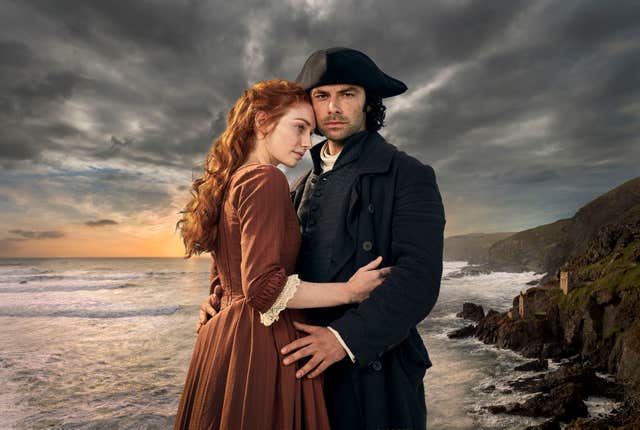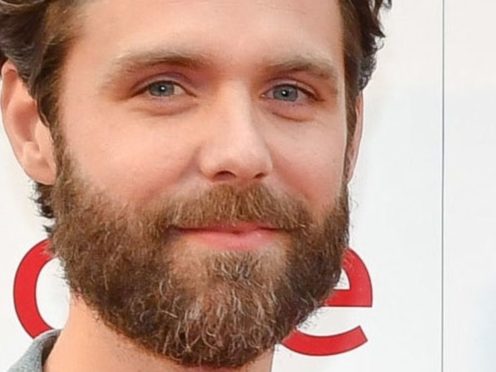Poldark’s Luke Norris has told how he used to be terrified that he would have a son and have to be a masculine role model.
The actor, known for playing Dr Dwight Enys in the hit BBC series, now has two daughters with his wife, actress Joanna Horton.
He told Radio Times magazine he was “terrified that we’d have a boy because then I’d become the role model – someone that they’d be looking up to – and that still feels like a very scary thing to do because it’s something that you’re supposed to have a handle on: masculinity, or even adulthood”.
“Which I was afraid of,” he added.
The couple chose not to find out the sex of their children before they were born.
The actor said: “Whatever we had, they were going to be a feminist and they were going to be a good one.”
Norris said he is a feminist himself.
“It seems so self-defeating to claim that you’re not, or to actually not be,” he said. “It feels horrific, frankly.”
The actor also discussed how nobody thought Poldark would be such a success.

He said: “I remember sitting outside a church in Cornwall with Jack Farthing and talking about how the contract was for five years. And we were like, ‘It won’t go that long, though, will it?’
“The 1970s version only had two series, so we figured that’s how long it would last.
“So we had no idea – and I don’t think anyone did. Then the press got hold of it, the first episode was popular, and it became a part of the public consciousness.”
This week’s Radio Times is out on Tuesday.
